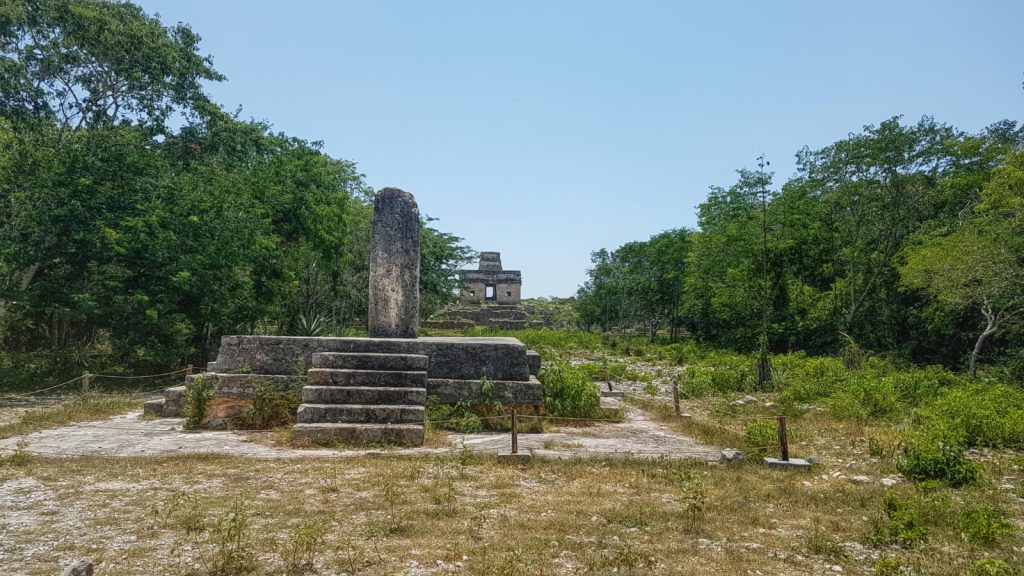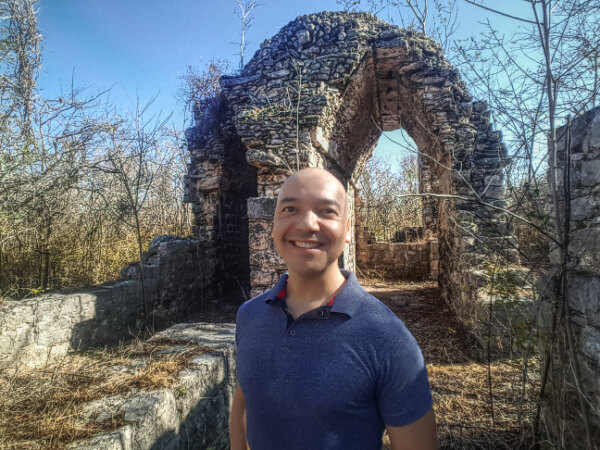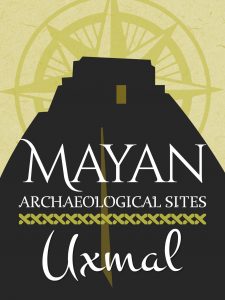Dzibilchaltun means in Mayan language “Place where there is writing on the stones”, in reference to the numerous memorial tombstones found on the site, also called stelae. According to experts, there were settlements since 500 BCE, it is possible that before, and lasted until the Spanish conquest around the year 1540.
The settlement covered a circular area of about 19 km2, in which about 8,400 structures have been found. The central part is made up of numerous monumental constructions that cover about 25 hectares. In the rest of the area, there are scattered architectural remains with pyramids and vaulted buildings. It is believed that it could have reached a population of up to 40,000 inhabitants, which makes it one of the largest ancient cities in Mesoamerica.
Because of its proximity to the coast, its economy took advantage of marine products from the Gulf coast, producing salt, making snail tools and consuming seafood; as well as those from the inland like planting and harvesting corn.
Dzibilchaltun’s Cenote

When you visit the Archaeological Site of Dzibilchaltun, don’t forget to bring your swimsuit because you can swim in this Cenote’s crystalline waters that are covered with lilies floating on the surface.
The Cenote Xlakah, which in Mayan means “old town”, is one of the largest and deepest found to date in Yucatan, but don’t worry about this because it’s not even visible, the part you can swim in has an average of 1 or 2 meters deep.
In this Cenote, just like the one found in Chichen Itza, a large number of archaeological pieces, mainly vases, have been rescued.
The Temple of the Sun

The best-known building in Dzibilchaltun is the Temple of the Sun, which is a quadrangular substructure of what was once a monumental temple. It’s also known as the Temple of the Seven Dolls because an offering that was found inside of seven figures with human form made from clay.
Just like in Chichen Itza, a special archaeo-astronomical phenomenon occurs on both equinoxes. It starts at dawn, when the door of the Temple of the Sun illuminates with the glowing sun that appears on the horizon and, in a given moment, the sun is at the center of the door and creates a light and shadow effect.












